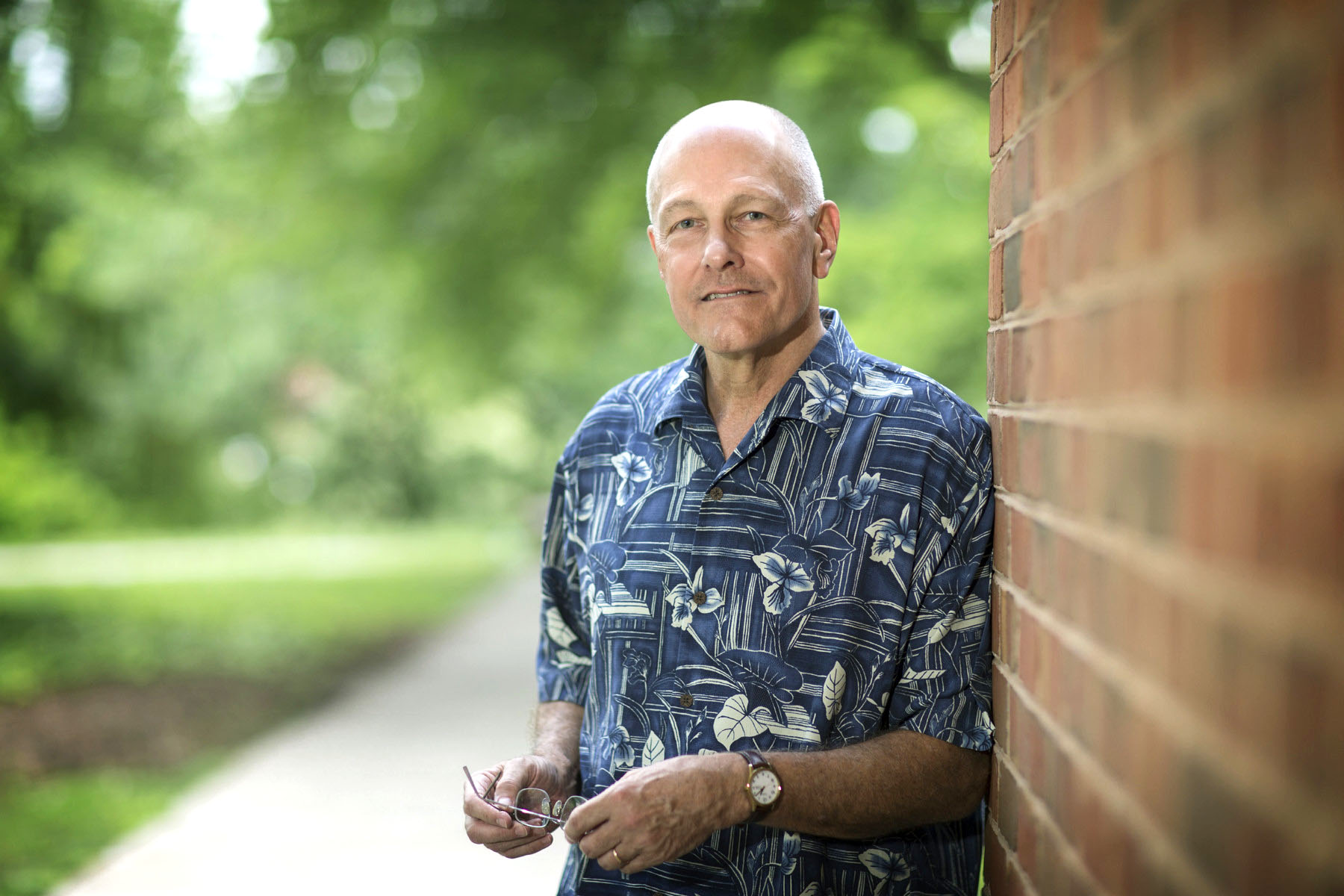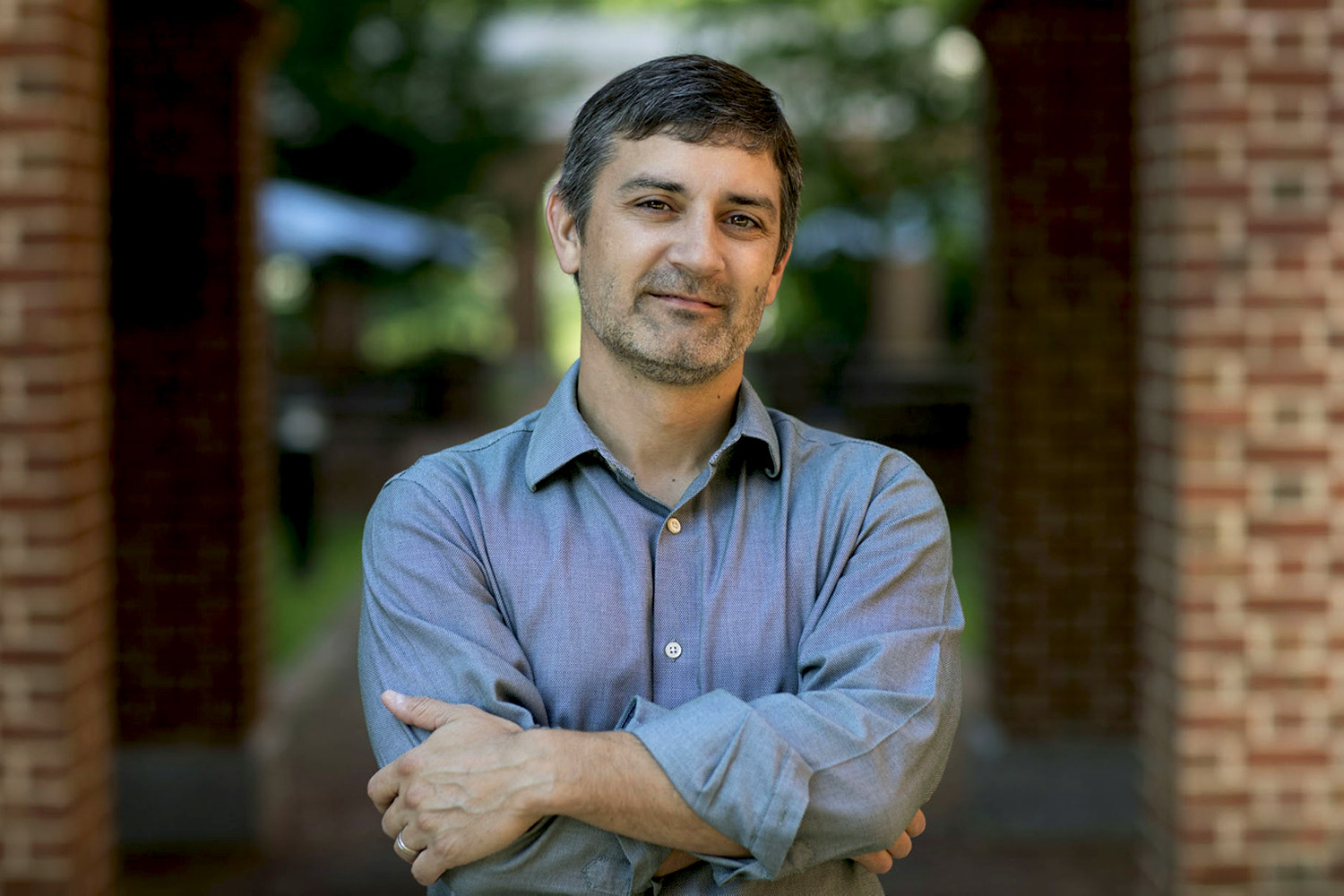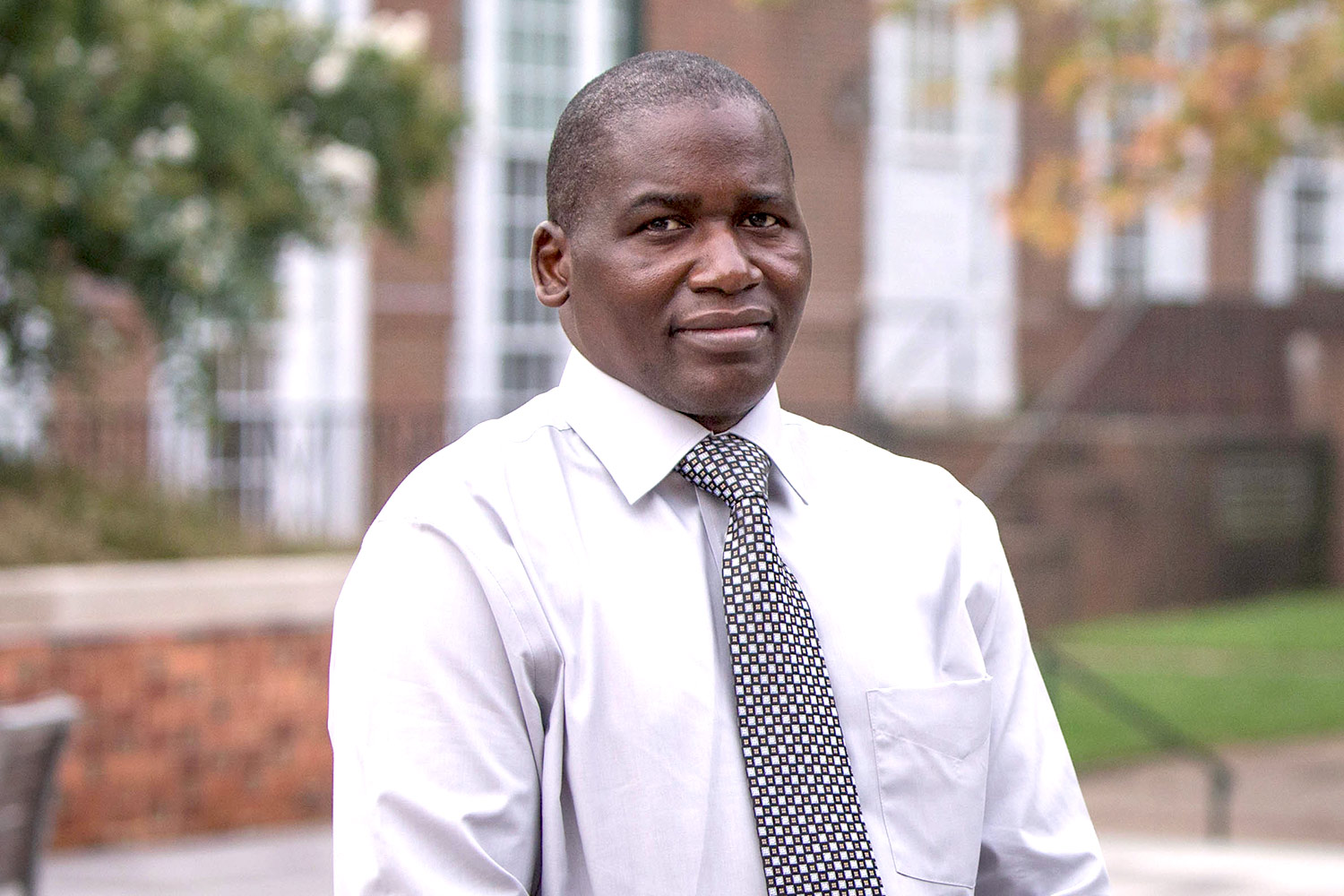
In a new pilot program, the University of Virginia’s Curry School of Education will provide teachers-in-training instant feedback to help them clear the biggest early hurdle to becoming successful educators: managing the behavior of students in the classroom.
The computer-based Mursion classroom mixed-reality simulator is specifically designed to increase the skill level of Curry students who are about to begin their teaching.
“Classroom management is the single biggest challenge faced by every beginning teacher, and the most frequent area they and their principals mention for needing additional training,” Robert Pianta, dean of the Curry School, said. “To be able to start teaching on day one with more proficiency in classroom management and more confidence in your management skills could not be more valuable to a beginning teacher and the students with whom they work.”
“Classroom management is the single biggest challenge faced by every beginning teacher. ... To be able to start teaching on day one with more proficiency in classroom management and more confidence in your management skills could not be more valuable to a beginning teacher and the students with whom they work.” – Robert Pianta, Curry School dean
The Mursion classroom simulator allows a teacher education student, called a pre-service teacher, to offer 10 minutes of a lesson to a classroom of students. The pre-service teachers enter a small studio space and stand before a large video monitor. A faculty supervisor, who is also in the room, begins the simulation and the classroom of students on the screen comes to life. During the 10 minutes, students engage in a variety of actions and behaviors to which the pre-service teacher responds.
A teacher candidate might begin her session by establishing or reinforcing behaviors with a question such as, “Who can remind me what we do to be active listeners when we’re having group discussions?” As the teacher candidate continues her lesson, a student in the simulation classroom might make an unkind remark to a peer and then pick up their cell phone to send a text.
In response, the teacher candidate can use a number of classroom management strategies aimed at redirecting that student’s behavior and re-engaging everyone in the lesson.
While it might appear that this sort of teach-and-response would happen in a practicum or field experience, where a pre-service teacher offers a lesson live in a classroom setting with “real” children, there are several features of this 10-minute lesson that make it uniquely valuable.
According to professor Catherine Bradshaw, a researcher on the project, pre-service teachers offering lessons in real classrooms often receive feedback from their supervisors that is significantly delayed, by hours and sometimes days or weeks. With the simulator, the faculty supervisors who are teaching the pre-service teachers are watching the pre-service teacher live and evaluating how they implement classroom management strategies. Upon completion of the lesson, the supervisor offers immediate feedback during a debriefing session.
“The simulator provides an opportunity for students to get guided practice and on-the-spot feedback on their use of different strategies used in the classroom,” Bradshaw said.
Pre-service teachers also have a chance to try and hone different classroom management strategies of their own. When teaching during a practicum experience, pre-service teachers often are using classroom rules and structures that were put in place by the veteran teacher.
“While a critical part of the learning process, a pre-service teacher’s experience of teaching in a veteran teacher’s classroom, even for an extended period of time, is not the same as starting from scratch with your own students,” said Jillian McGraw, a Curry doctoral student and supervisor of pre-service teachers using the simulator. “Often, they conduct their practicums in classrooms that are already ‘well-oiled machines.’”
The simulator allows pre-service teachers a unique opportunity for trial-and-error that cannot be duplicated within a real classroom.
“These simulation experiences are low-risk opportunities to practice essential professional skills to a level of fluency, which ultimately enables students to move into professional practice with ‘experience’ already under their belts,” Pianta said.
During the feedback session, supervisors walk through a series of questions aimed at identifying what strategies worked and why, as well as how the pre-service teacher felt during the lesson. Bradshaw is also working to identify the physiological toll that is taken during these sessions. She and her team of doctoral students are measuring these pre-service teachers’ heart rates and blood pressure during the lessons.
“Teaching is stressful for novice teachers, and a heavy cognitive load, as we are asking them to multi-task many things – instruction, engagement, management, monitoring, differentiation, self-monitoring, just to name a few,” Bradshaw said. “Furthermore, it is common for teachers to feel put down or insulted when students misbehave or are disrespectful.”
According to McGraw, the time offered to reflect immediately upon completing the lesson has allowed several students to acknowledge how personally they take a student’s disruptive behavior.
“In my conversations with these pre-service teachers, I have seen an incredible amount of self-awareness,” McGraw said. “When the pre-service teachers begin to notice how they feel in response to specific behaviors, they can become less reactive and more strategic in their response.”
Another benefit of the close supervision-feedback loop created with the simulator is that it informs the supervisors about the content of their lessons to the pre-service teachers.
“As a supervisor and co-instructor of these pre-service teachers, I am learning by watching them,” McGraw said. “I am reminded that I consistently make assumptions about how my students will do in the classroom. Watching these simulations allows me to shape what I teach.”
In addition to its impact on varying levels of the teacher education program, Pianta believes this low-risk, high-return technology is applicable across the Curry School.
“This use of the Mursion simulator in our teacher preparation program is, I hope, just the beginning of our developing a very robust and deep capacity to use simulation in our professional preparation programs,” Pianta said. “Clearly this type of experience is of great value in preparing teachers, but we also see its value in preparation across a number of professional roles – for example, in school counseling, psychology, educational leadership and in the broader area of working with youth.”


































